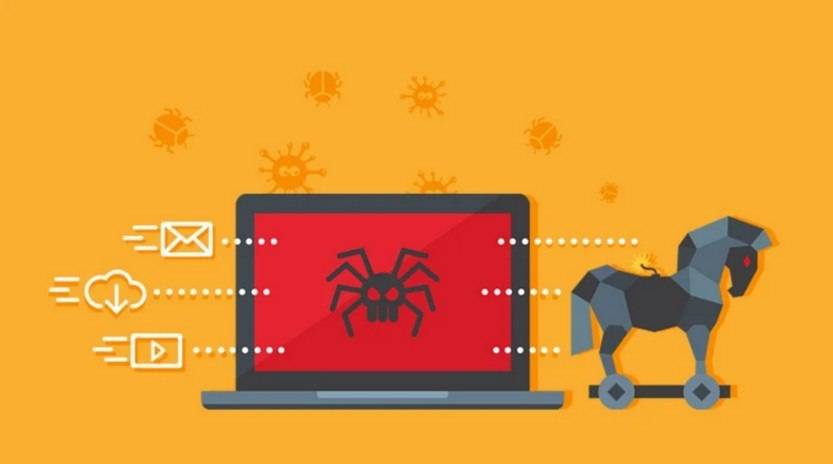Scams have become increasingly prevalent in the digital age, with scammers finding new and creative ways to deceive unsuspecting individuals. One such scam that has gained traction in recent years is the Kroger ‘Free $100 Coupon To Everyone’ Facebook scam. This scam preys on the desire for freebies and discounts, targeting users of the popular social media platform. In this article, we will delve into what this scam is, how it works, what to do if you have fallen victim, and provide valuable insights to help you stay safe online.

This Article Contains:
What is the Kroger ‘Free $100 Coupon To Everyone’ Facebook Scam?
The Kroger ‘Free $100 Coupon To Everyone’ Facebook scam is a fraudulent scheme that aims to trick users into believing they can receive a $100 coupon from the popular grocery store chain, Kroger. The scam typically appears as a post on Facebook, claiming that Kroger is giving away free coupons to everyone as part of a promotional campaign. The post often includes enticing images and a link to claim the coupon.
How Does the Scam Work?
The scam works by luring users into clicking on the link provided in the Facebook post. Once clicked, users are redirected to a website that appears to be affiliated with Kroger. The website prompts users to enter their personal information, such as their name, address, and phone number, in order to claim the coupon.
However, the information entered by users is not used to provide them with a coupon. Instead, it is collected by the scammers for malicious purposes, such as identity theft or selling the data to third parties. In some cases, users may also be asked to complete surveys or download malicious software onto their devices.
What to Do If You Have Fallen Victim?
If you have fallen victim to the Kroger ‘Free $100 Coupon To Everyone’ Facebook scam, it is important to take immediate action to protect yourself and minimize the potential damage.
1. Change Your Passwords
The first step is to change your passwords for all your online accounts, especially if you have used the same password for multiple platforms. This will help prevent further unauthorized access to your accounts.
2. Scan Your Device for Malware
It is crucial to scan your device for malware or viruses that may have been downloaded as a result of clicking on the scam link. Malwarebytes Free is a highly recommended tool for scanning and removing malware from your device. You can download it here.
3. Monitor Your Accounts
Keep a close eye on your bank accounts, credit cards, and other financial accounts for any suspicious activity. If you notice any unauthorized transactions, report them to your bank or financial institution immediately.
4. Be Vigilant for Phishing Attempts
Scammers may use the information they have collected to send phishing emails or messages in an attempt to gather more personal information or gain access to your accounts. Be cautious of any unsolicited emails or messages and avoid clicking on suspicious links.
How to Stay Safe Online
While scams like the Kroger ‘Free $100 Coupon To Everyone’ Facebook scam can be concerning, there are steps you can take to protect yourself and stay safe online.
1. Be Skeptical of Too-Good-To-Be-True Offers
Always approach offers that seem too good to be true with skepticism. Legitimate companies rarely give away freebies or discounts to everyone without any conditions.
2. Verify Promotions with Official Sources
If you come across a promotion or offer that seems legitimate, verify it with official sources. Visit the company’s official website or contact their customer service to confirm the authenticity of the promotion.
3. Be Mindful of Sharing Personal Information
Avoid sharing personal information, such as your address or phone number, unless you are certain of the legitimacy of the website or platform you are using. Be cautious of providing sensitive information to unknown sources.
4. Keep Your Devices and Software Updated
Regularly update your devices and software to ensure you have the latest security patches and protections against potential vulnerabilities.
Summary
The Kroger ‘Free $100 Coupon To Everyone’ Facebook scam is a deceptive scheme that preys on users’ desire for freebies and discounts. By understanding how the scam works and taking necessary precautions, such as changing passwords, scanning for malware, and monitoring accounts, individuals can protect themselves from falling victim to such scams. It is important to remain vigilant and skeptical of offers that seem too good to be true, and to verify promotions with official sources. By following these guidelines, users can stay safe online and avoid becoming victims of scams.










